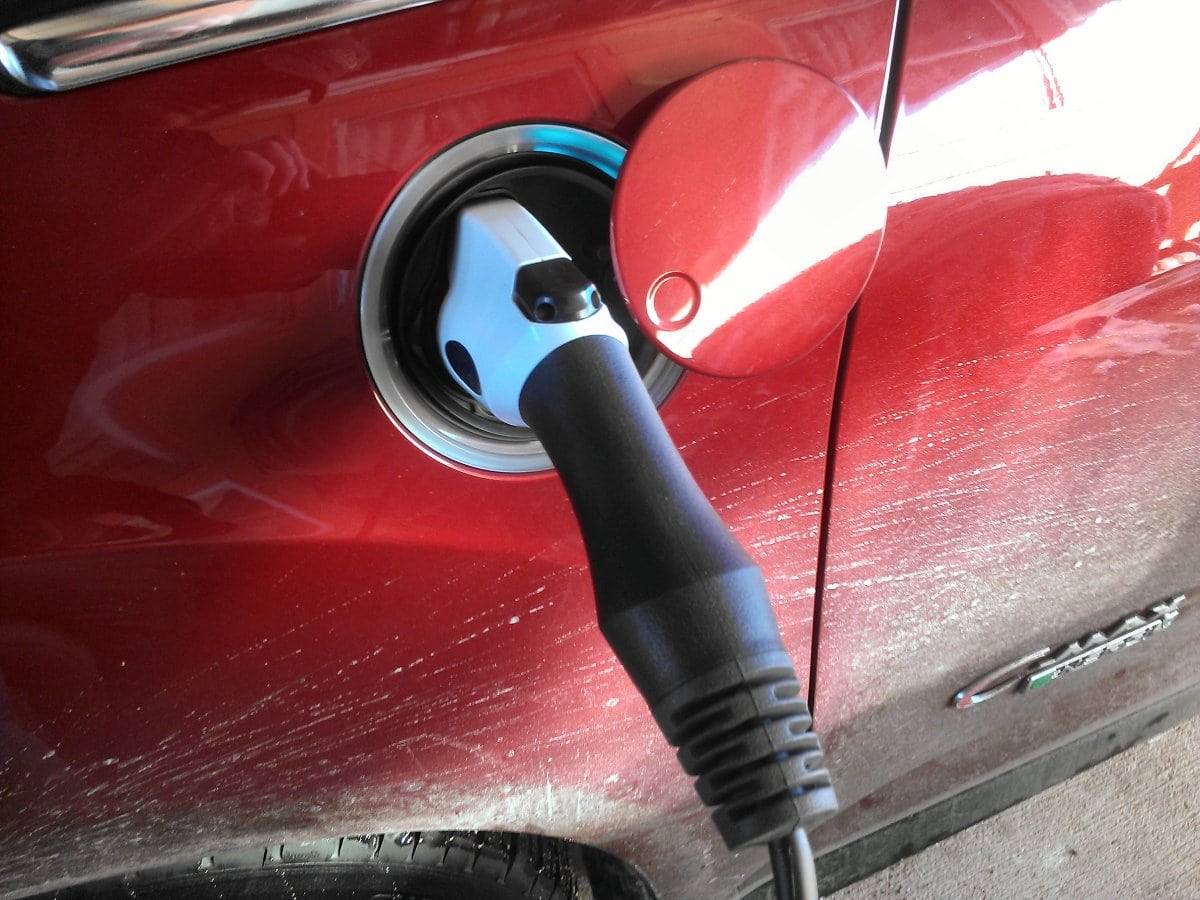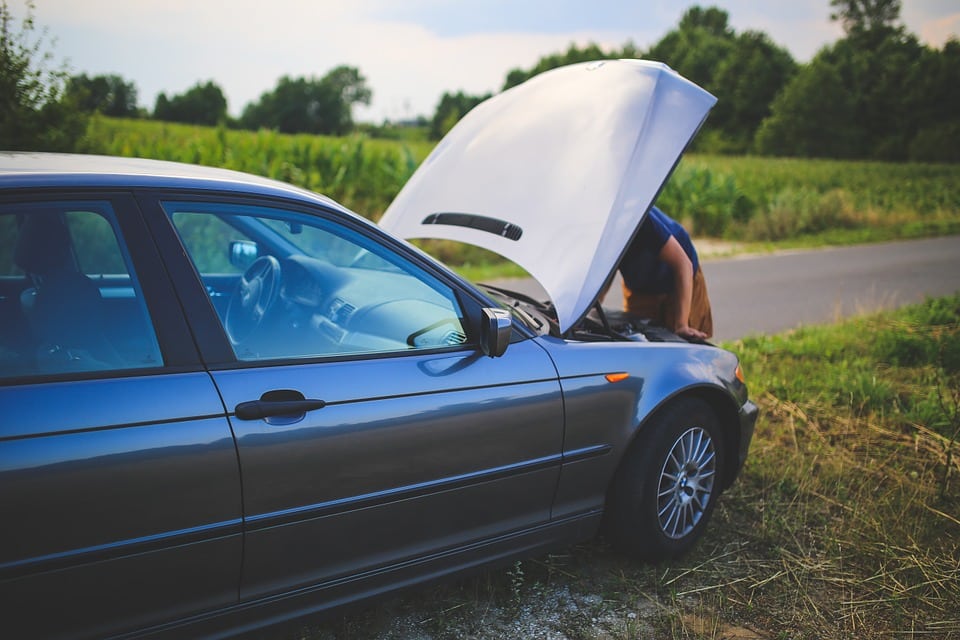When we think of performance motorcycles, Yamaha, Ducati and a few other motorcycle manufactures come to mind. But electric motorcycles are challenging the notion that performance bikes need to have a gasoline engine. Lightning Motorcycle once and for all challenged that notion last year by beating the tough competition at the famous Pikes Peak Hill Climb by 22 seconds. The kicker is Lightning charged their motorcycles using solar power. (Read our interview with the founder of Lightning Motorcycles Richard Hatfield.)
With the success of Lightning Motorcycle and other small electric motorcycles companies, it seems Yamaha is taking the electric motor a little more seriously.
Could Yamaha could be the first mainstream Electric Motorcycle manufacturer?
Yamaha must maintain its status on the race track by continuously racing and improving their bikes. The company released its annual report for 2013 and pointed out its efforts to sustain its momentum in the field. One tidbit intrigued many, Yamaha seems to be working on an electric motorcycle.
A few weeks ago, we wrote about how Yamaha had tentatively announced an electric motorcycle at the Tokyo Motor Show. While many companies announce many things, hoping to gauge the public’s interest, we wondered if the company was serious about these plans. It’s last annual report hints at a little more than mere speculations by saying: “In sports motorcycles, we are working to create new value with EV sports motorcycles, which we aim to launch in two years, with the development of the small, on-road sports PES1, as well as the PED1, which are being developed to expand the scope of electric vehicles to the off-road world.” It seems Yamaha must have received a lot of feedback since it changed its “in two years” to “in the near future.” Call us optimistic…
Yamaha PES1 and PED1
Following in the footsteps of Zero Motorcycles, Yamaha plans to launch two motorcycles, one aimed for street use, the PES1, the other for the off-road, the PED1. More than just a conversion, which the company could have done on its extensive line of motorcycles, Yamaha uses a creative modular approach. If both bikes share the same electric motor, battery and central frame segment, they differentiate each other with bolt on parts, subframe, and various shock layouts. Obviously the seat will be different on both, as well as the rear controls, swingarm, “tank”, bottom, and front end for different geometries.
Technically speaking
Yamaha has a little catching up to the more modern electric motorcycle makers, Zero Motorcycles, Brammo and the amazing Lightning Motorcycle. The Yamaha PES1 and PED1 are about where Zero Motorcycles was four years ago, in terms of performance and development. The PES1 uses a belt for its drive system, while the PED1 will use a chain. But here’s the interesting part, both bike will have some type of gear system, actuated by a lever without a clutch. Brammo meets Zero? One thing we can be happy about is that the Yamaha PED1 will weigh in at just 220 lb (100 kg) and the dirt bike, the PES1 at 187 lb (85 kg). This is feather weight in the world of electric motorcycles, and bikes in general honestly, which lets us presume a very limited range. We speculate it should still be sufficient enough for daily city rides though. In fact, the top speed is limited to 62 mph (100 km/h).
Yamaha wouldn’t cannibalize it’s successful gasoline performance market. It makes sense the company wants to test the waters, without eating into its lucrative bike market right now. Yamaha will most likely make these two bikes and wait until you, customers, demand more performance and actually take a liking to the bikes.
No matter how we look at it, it’s a win-win situation, but can we really say sports motorcycles with these performance numbers?







